- Two-sided measurement by means of four measuring sensors
- Very high resolution of up to 0.1μm over the complete measuring range
- Very low clamping forces allow testing of foils and thin wires
- The round knife edges can be utilized along their entire perimeter by rotating them
- The gage length position and value can be exactly set under computer control
AUTOMATIC EXTENSOMETER
The extensometer models AE300 and AE500 are suitable for almost all samples with an initial gage length from 10mm. Their low clamping forces combined with high measurement accuracy makes them highly suitable even for small, notch sensitive test samples.
The AE series can be connected to partly or fully automatic testing machines and used with all types of grips. The strain can be measured from the elastic range to fracture for almost all types of samples. When used in combination with the transverse models, the AE extensometers are highly suitable for testing the deep-drawing properties of thin sheets.
The AE extensometers are controlled through Tinius Olsen’s Horizon software via a serial interface (RS232 or USB). All movements can be initiated at any time required. The measuring arms can be positioned in parallel within the available interval under computer control and can therefore be quickly adjusted symmetrically to different sample lengths.

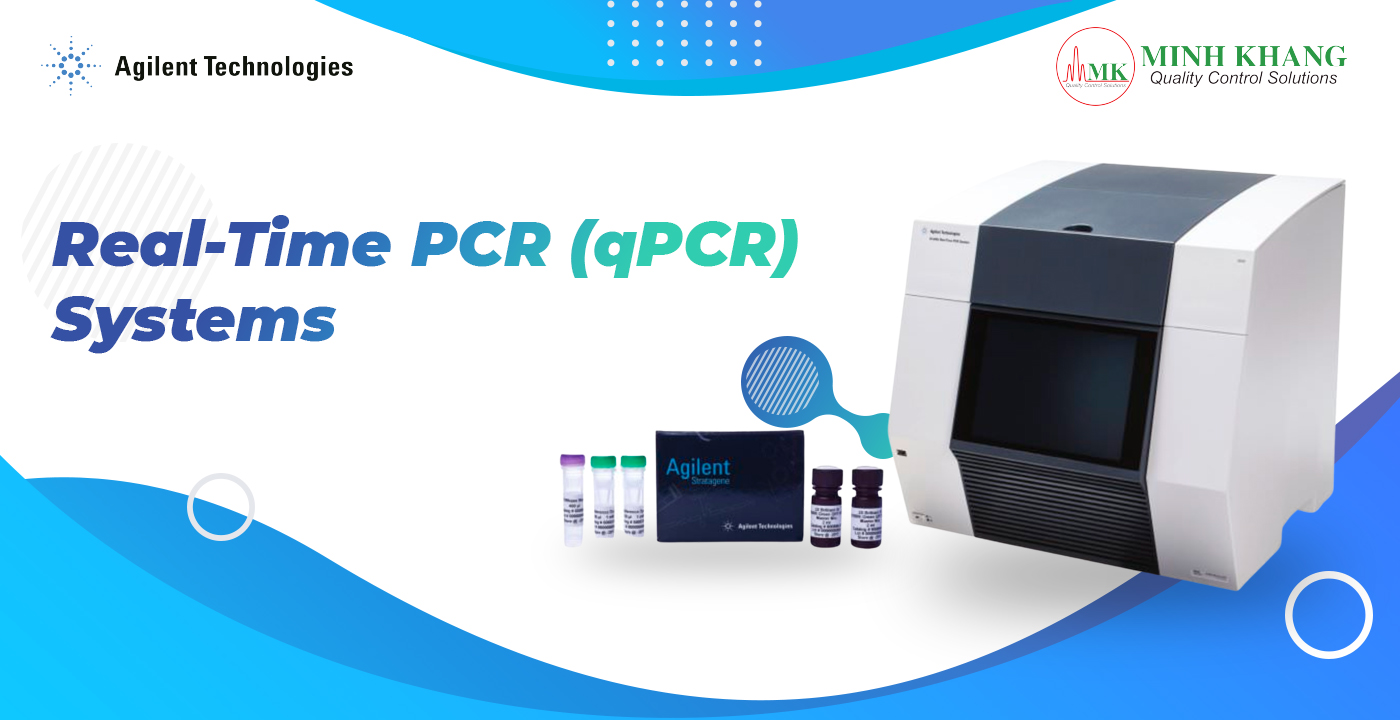
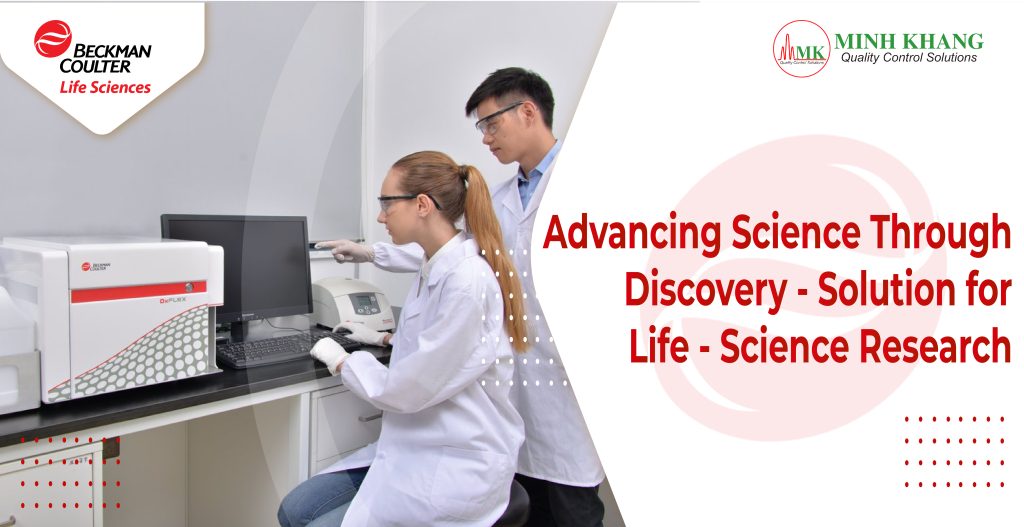
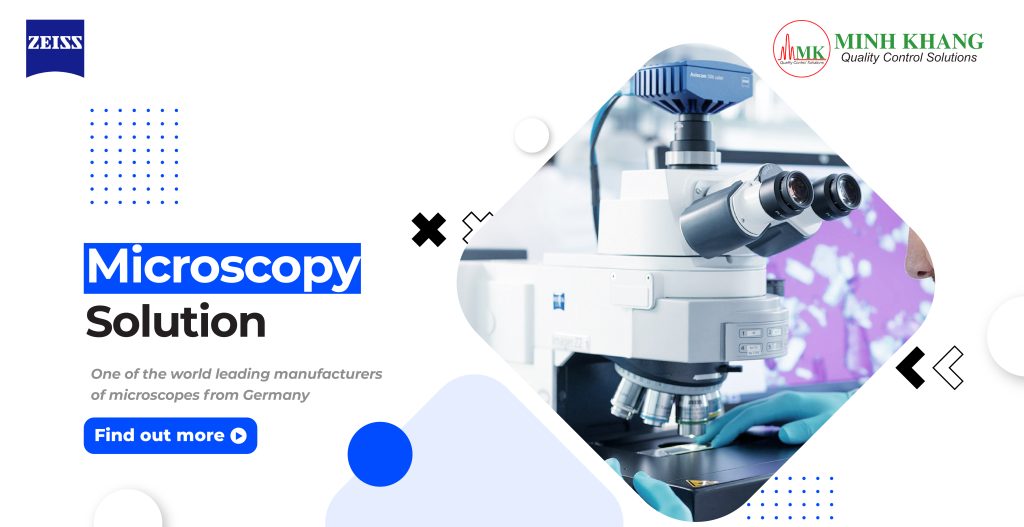
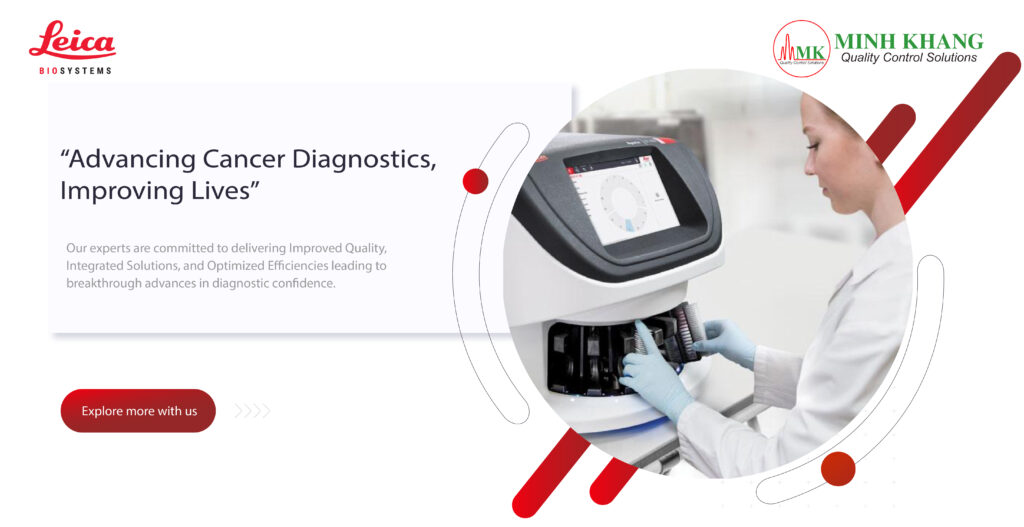
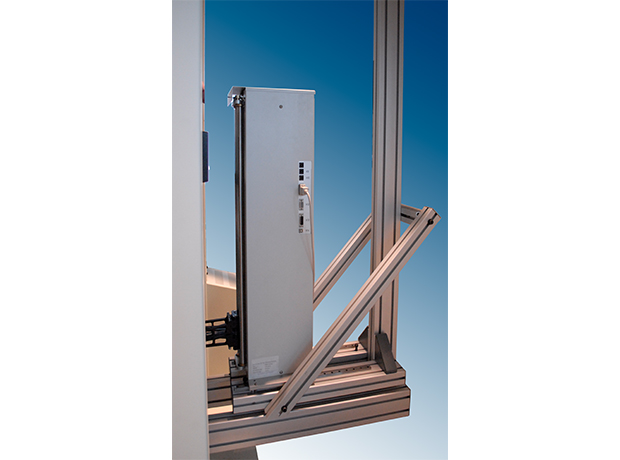
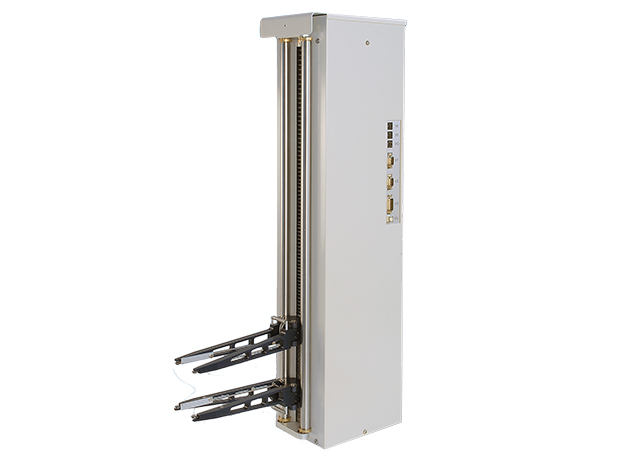



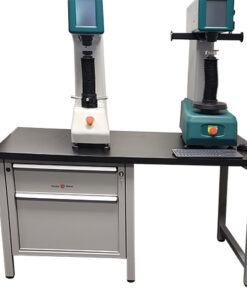

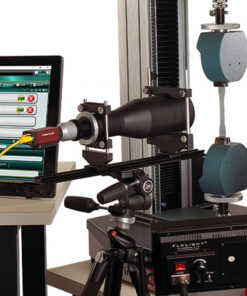
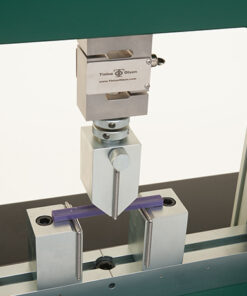
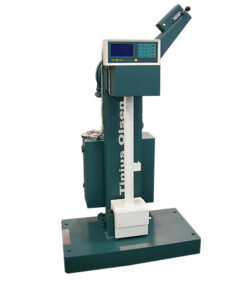
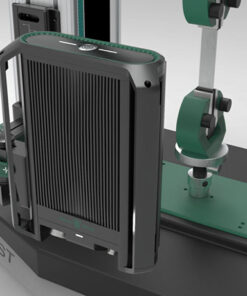

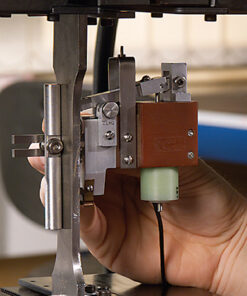
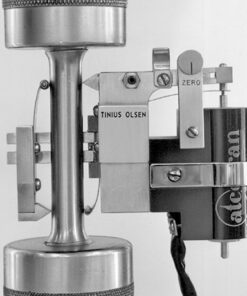
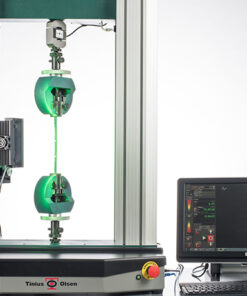

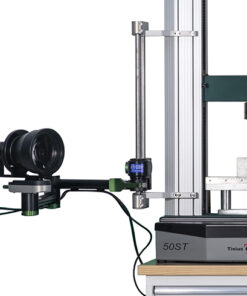
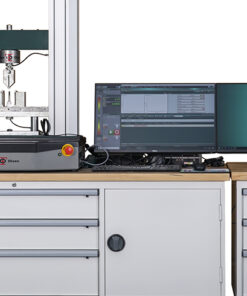


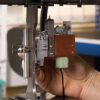
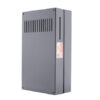

 VI
VI